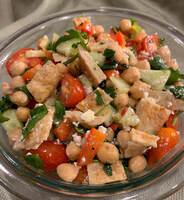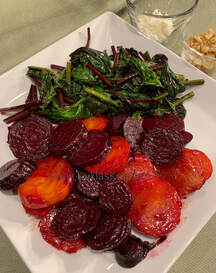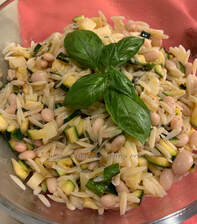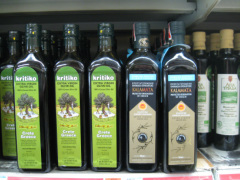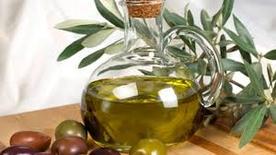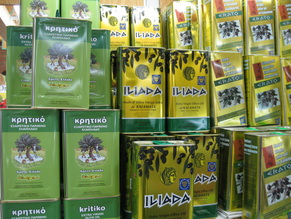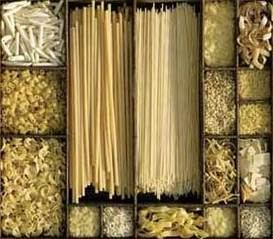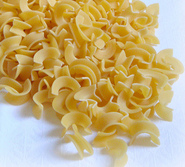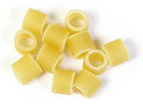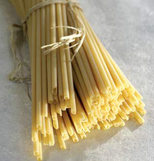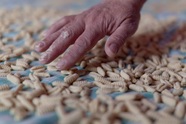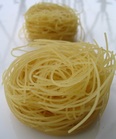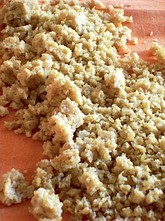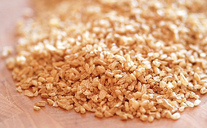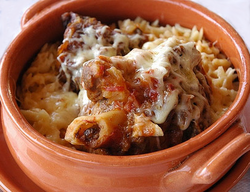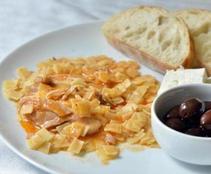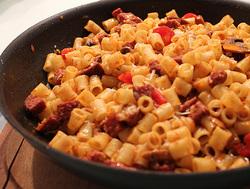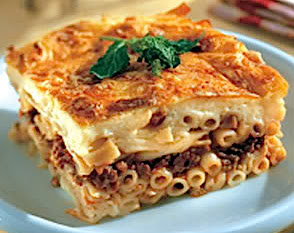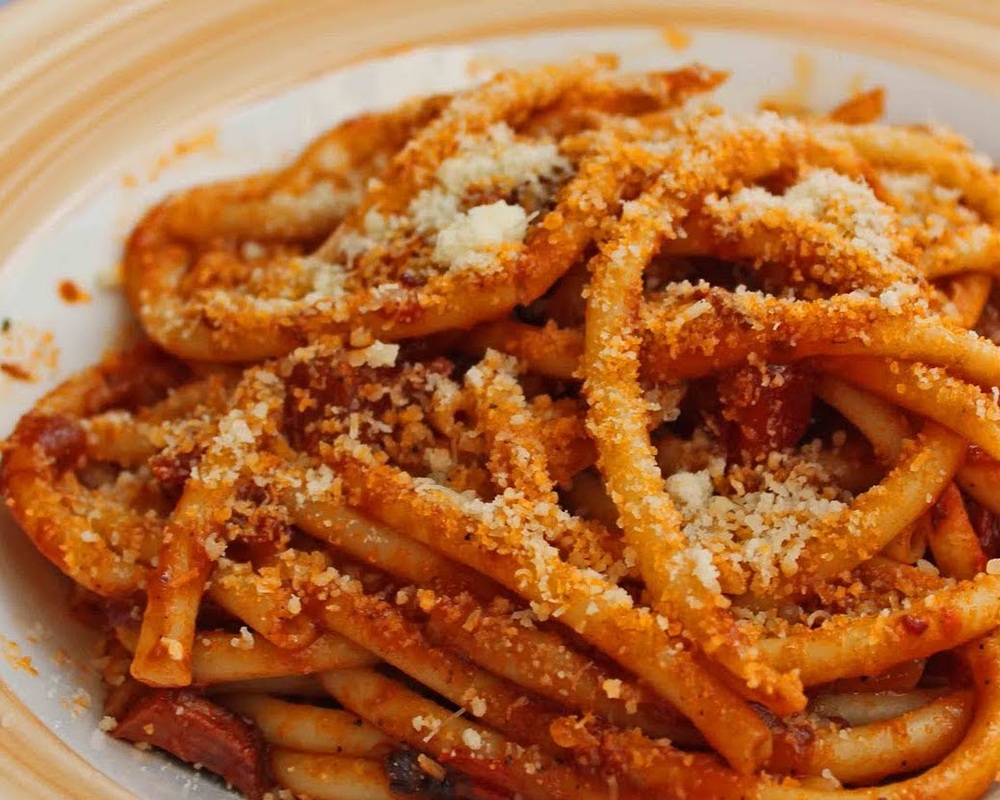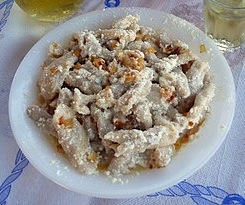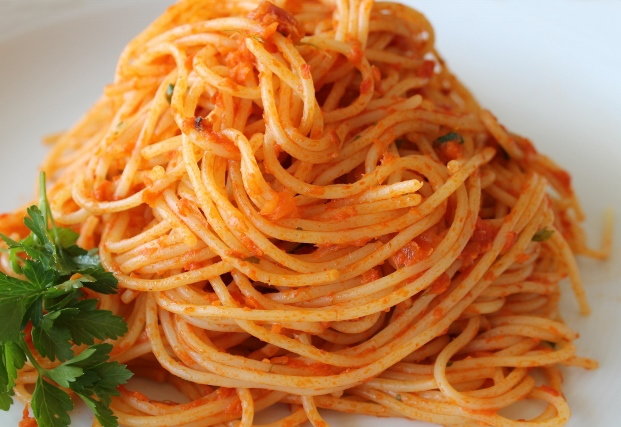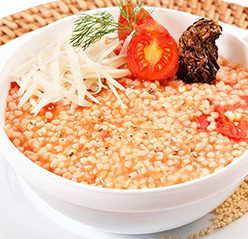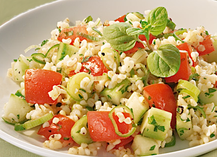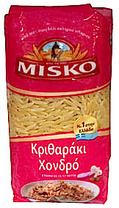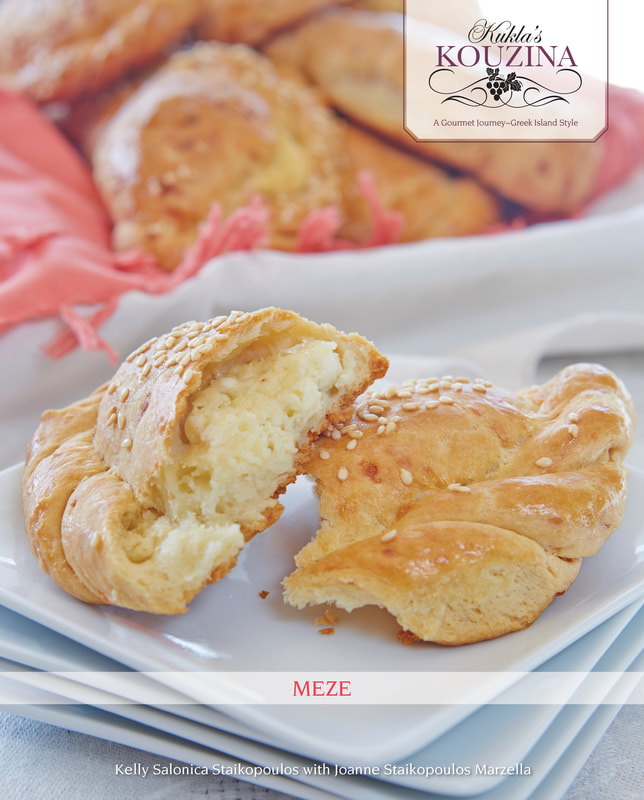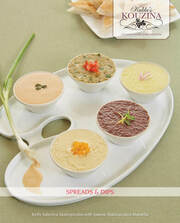The recipe below partners with the corresponding how-to episode on our new YouTube cooking series, Flippin’ Greek! ™, to show you how we do it in our kouzina. Join us!
GREEK ORZO-BEAN SALAD (episode S2 E36)
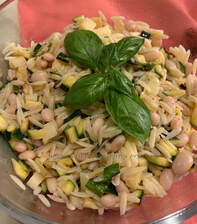
PREP TIME: 20 minutes
COOKING TIME: about 25 minutes
SERVINGS: 4 to 6
1 cup orzo pasta
2 medium zucchini (about 1 lb)
3 tablespoons extra-virgin olive oil
Sea salt, to taste
Freshly ground pepper, to taste
1 can (15 oz) Great Northern beans, rinsed and drained
1/4 cup chopped fresh basil leaves
LADOLEMONO DRESSING
1/2 cup extra-virgin olive oil
1/4 cup fresh squeezed lemon juice
1/2 teaspoon sea salt
1/4 teaspoon freshly ground pepper
1. Cook the orzo according to package directions, then drain and transfer to a bowl of cold water to prevent clumping and sticking.
2. Heat grill or grill pan. Slice the zucchini lengthwise and drizzle with 3 tablespoons olive oil. Season with salt and pepper. Grill the zucchini until just tender, about 2 minutes per side. Let cool, then chop into cubes; set aside.
3. Meanwhile, make dressing: In a small bowl, whisk together the olive oil, lemon juice, salt and pepper.
4. Drain the orzo well and transfer to a large serving bowl. Toss in the zucchini, beans, and basil. Add the dressing and toss until combined well. (Can be made ahead. Cover and refrigerate up to 3 days.)
Recipe copyright © Kukla's Kouzina
I hope you enjoy making our Greek Orzo-Bean Salad. Join us next week for another Lenten recipe—no meat, lots of flavor!
Sign up for our e-newsletter (if you haven’t already) and stay connected on social media for cooking tips and recipes, as well as for all Kukla's Kouzina updates and news.
Thanks for following us and we’ll see you here and on YouTube next Monday!
Until then~
Kali orexi! Good appetite!
Kelly
ABOUT Kukla’s Kouzina Flippin’ Greek! ™
Flippin’ Greek! ™ is our new cooking series on YouTube and the next exciting chapter in our kouzina. Every Monday we flip a familiar non-Greek recipe to Greek-island style using ingredients and cooking techniques found in Karpathos. Each episode runs 2 to 15 minutes, the perfect length for us to quickly show you how to recreate foods and beverages/cocktails right alongside us.
The ingredients used in Greek-island cuisine is what sets this style of cooking apart from standard Greek fare, giving meals a fresh take that keeps them interesting. Karpathos, the home of Kukla’s Kouzina, has its own unique style, and we’ll show you how to take common dishes and reinvent them into Karpathian versions with our simple substitutions.
Many think that everyday Greek cooking is made up of dishes like spanakopita (spinach pie), moussaka, and pastitsio. These are classics for sure, but too time-consuming to make on a regular basis. During our time in Karpathos, we learned that the locals’ quick meals made from the island’s staples like fresh vegetables, fruit, herbs, spices, and protein, prepared using certain methods, came out tasting Greek-island delicious. So we thought this would be a great way to bring our hometown flavor into YOUR kouzina, adding some spicy variety to your life while keeping it simple and fast. Recipes for each week will be posted right here on our blog with links to the episodes.
Web design by Kelly Salonica Staikopoulos


